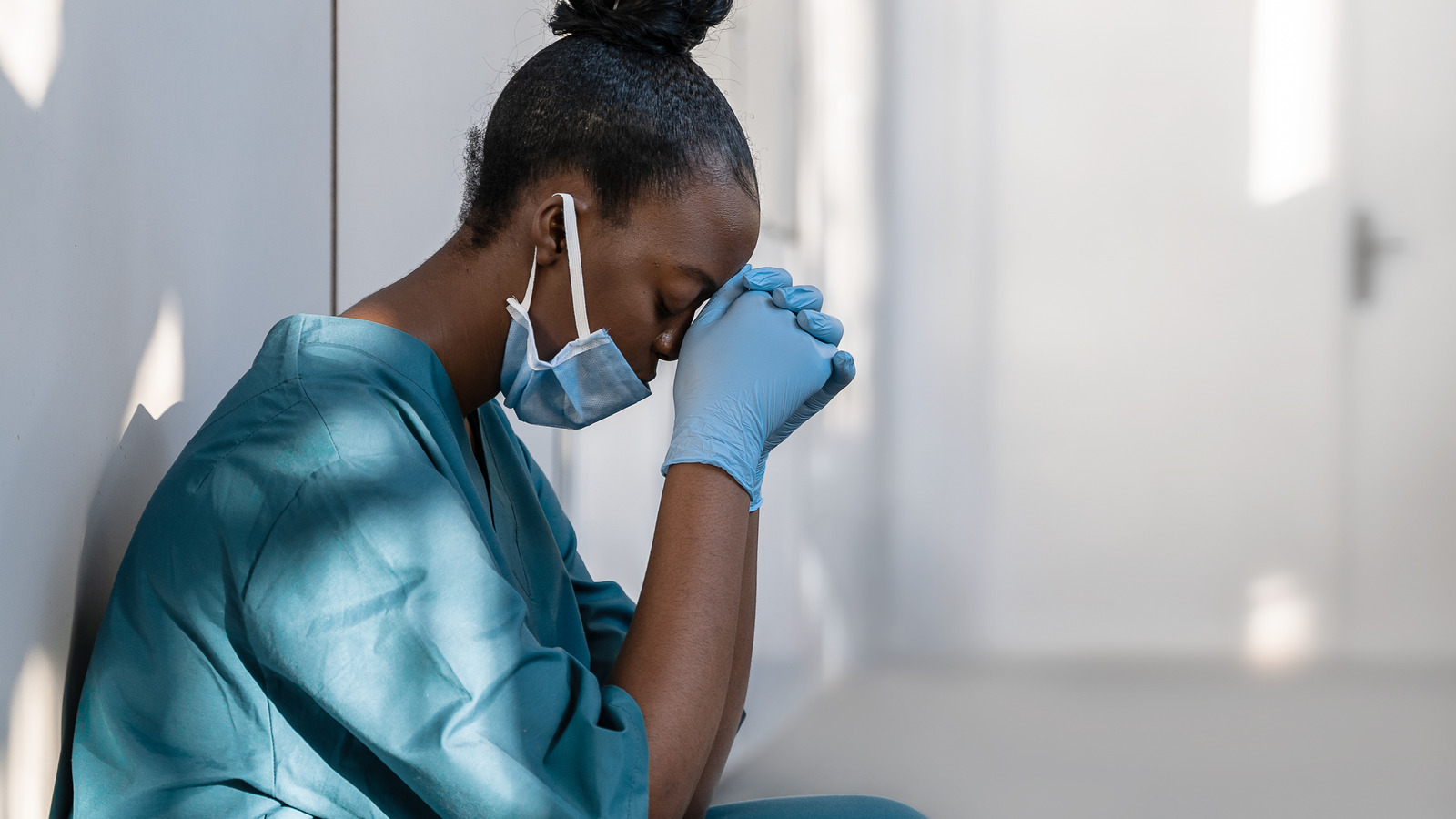Pandemic Covid-19 has a big impact on the world, including the entire health care system. It is known that the forefront of health workers are stressed and carry heavy mental burdens with physical fatigue. Researchers from Ohio work together to try and find ways to reduce this stress level, especially among those who work in Ward and Clinic Covid-19. It turns out there might be a relatively cheap and easy way to help, and it involves the use of a virtual reality headset.
The team consisted of researchers from Ohio University game research and Immersive Design Lab (Grid), College College of Osteopathic Medicine, and OhioHealth Hospitals. This is the first time the Lab Grid uses virtual reality (VR) content for the purpose of mitigating stress, after previously focusing on utilizing VR for educational purposes. The team published their findings at PLO One Journal.
Many studies have emerged from the beginning of the pandemic, proving that frontline workers are very affected. Anxiety, depression, mental trauma, fatigue, and fatigue are all the things experienced by most health workers in the past two years. According to researchers from Ohio University, there are ways to offer this medical professionals a short pause from their daily stress: spend three minutes in a beautiful and calm natural simulation.
VR experience simulates a lush, green forest
To achieve the desired effect, the Lab Grid works with the Ohio Museum complex to capture the recorded record for a three-minute simulation. The team was filmed in the natural reserve found in Southeastern Ohio which was part of the museum complex. The area is fertile, full of life, and the most important, calm. Film Making is done in such a way that it is then permitted for a full-depth VR experience, including walking and looking in different directions.
The video produced soaked viewers in natural beauty. It was not intended to be an exciting experience. Viewers can explore nature, listen to bird chirps, wind, and only breathe – no sound actors or other things that can interfere with relaxation. This is a short experience, but according to this study, it has proven effective.After the experience of virtual reality is ready to be tested, distributed between 102 volunteers. Samples include people who work in three different Covid hospital units, and people from many different professions are involved, starting from direct care providers to administrative staff. The stress level is assessed by the frontline workers concerned and recording before and after seeing calm videos.
Researchers noted a significant drop in stress levels
The results of the study are quite easy. Of the 102 individuals participating in this study, 84 of them worked in direct patient care, only 35 had previous experience with virtual reality. However, even those who are not familiar with the technology reported a decrease in stress levels after experiencing the Grid Tranquil VR laboratory.
Volunteers are asked to assess their stress levels on a scale of 1 to 10 before and after watching. Before a three-minute video, the average stress rate was rated by around 5.5. The decline after only three minutes was quite large, lowering the stress rate of an average of 3.3. Health workers with the highest stress level, are rated above 6.8, reported a greater decline of up to an average of 3.9. These reports are consistent in all sex, age, and experience with VR or its shortcomings.The researchers concluded that using VR to bring a short moment relaxation to Frontline workers could prove feasible. This is a relatively cheap way to combat anxiety that can be achieved in the workplace. However, it is not clear how long the effect took place. The team recognizes more research is needed to determine whether nature seeing it in VR will help in reducing the level of long-term stress.
